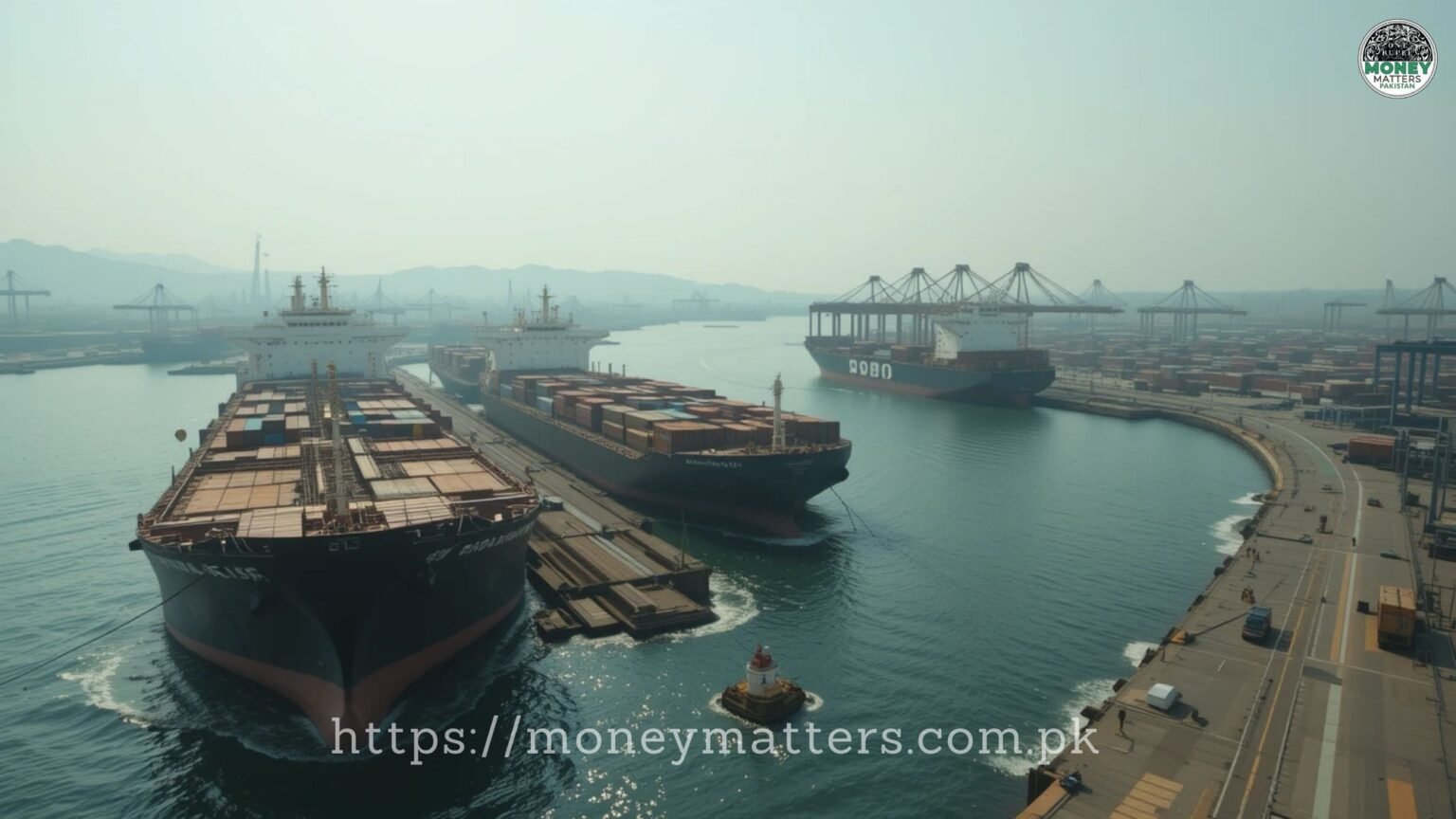Increased petroleum imports drive a significant imbalance, prompting concerns and new trade agreements.
Key Takeaways:
i) Pakistan’s trade deficit with the Middle East has surged to $10.502 billion in the first nine months of fiscal year 2025, marking a 10.11% increase compared to the same period last year.
ii) The primary cause of this growing deficit is the substantial rise in petroleum imports, particularly crude oil, which saw a 14.61% increase.
iii) Despite minimal export growth to the Middle East, Pakistan has signed a free trade agreement with the Gulf Cooperation Council (GCC) to address the trade imbalance.
Money Matters Monitoring – Pakistan’s trade deficit with the Middle East has surpassed $10 billion in the first nine months of fiscal year 2025 (FY25), primarily driven by increased petroleum imports, according to recent data. The deficit reached $10.502 billion, a 10.11% increase from the $9.538 billion recorded during the same period last year.
The surge in imports, particularly crude oil, has significantly impacted Pakistan’s trade balance with the region. Crude oil imports rose by 14.61% in quantity during the first eight months of FY25 compared to the previous year. This growing reliance on petroleum has raised concerns among policymakers, especially given the continuous increase in domestic petroleum consumption.
Exports to the Middle East have shown limited growth, increasing by just 4.47% to $2.381 billion in the first nine months of FY25, compared to $2.279 billion last year. In contrast, imports from the Middle East grew by 9.02%, reaching $12.883 billion.
To address this widening trade gap, Pakistan recently signed a free trade agreement with the Gulf Cooperation Council (GCC). Exports to Saudi Arabia increased by 6.95% to $552.26 million, while exports to the UAE rose by 8.27% to $1.610 billion. However, imports from Saudi Arabia have declined by 15.15% to $2.828 billion in FY25.




